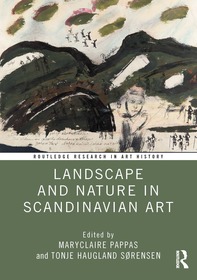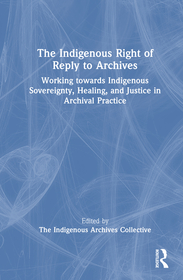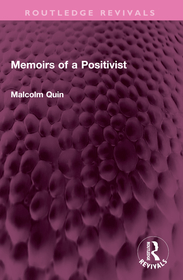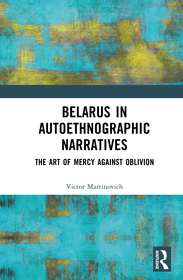
Xhosa Poets and Poetry
Second edition, updated and revised
Sorozatcím: Publications of the Opland Collection of Xhosa Literature; 5;
- Kiadói listaár GBP 130.00
-
62 107 Ft (59 150 Ft + 5% áfa)
Az ár azért becsült, mert a rendelés pillanatában nem lehet pontosan tudni, hogy a beérkezéskor milyen lesz a forint árfolyama az adott termék eredeti devizájához képest. Ha a forint romlana, kissé többet, ha javulna, kissé kevesebbet kell majd fizetnie.
62 107 Ft

Beszerezhetőség
Még nem jelent meg, de rendelhető. A megjelenéstől számított néhány héten belül megérkezik.
Why don't you give exact delivery time?
A beszerzés időigényét az eddigi tapasztalatokra alapozva adjuk meg. Azért becsült, mert a terméket külföldről hozzuk be, így a kiadó kiszolgálásának pillanatnyi gyorsaságától is függ. A megadottnál gyorsabb és lassabb szállítás is elképzelhető, de mindent megteszünk, hogy Ön a lehető leghamarabb jusson hozzá a termékhez.
A termék adatai:
- Kiadó Boydell & Brewer Ltd
- Megjelenés dátuma 2025. december 9.
- ISBN 9781847014504
- Kötéstípus Keménykötés
- Terjedelem472 oldal
- Méret 230x150 mm
- Súly 666 g
- Nyelv angol 700
Kategóriák
Rövid leírás:
Essays examining the poetry and leading poets of the Xhosa-speaking peoples in the nineteenth and twentieth centuries.
TöbbHosszú leírás:
Essays examining the poetry and leading poets of the Xhosa-speaking peoples in the nineteenth and twentieth centuries The Xhosa-speaking peoples who settled along the south-eastern seaboard of South Africa promoted traditions of praise poetry (izibongo), poetry produced orally by men and women, adults and children, about people, clans, ancestors and animals. Throughout the nineteenth century, authors who used the Xhosa language gradually developed the craft of composing poetry for publication in newspapers, and expanded this process in the twentieth century, when books containing secular literature appeared, but the practice of oral poetry persists, flourishing now as it did before the incursion of colonial settlers. The dominant poet in the community is the imbongi, who continues to produce poetry praising or criticising figures of authority on occasions of local and national significance. Xhosa Poets and Poetry (Iimbongi nezibongo) contains fourteen essays originally published between 1974 and 1996. Based on fieldwork conducted between 1969 and 1985, and on extensive archival research, the first six essays examine the social function of poetry in the community, the element of improvisation in the production of poetry, especially in the poetry of the imbongi, and the structural principles of his poetry. Individual poets are then presented, among them D.L.P. Yali-Manisi, Melikaya Mbutuma, Peter Mtuze and Nontsizi Mgqwetho, the first woman to produce a substantial body of poetry. The concluding four essays are thematic, treating issues introduced by the medium of print: the role of newspapers in fostering literature; censorship and control of the press; the damaging effects of changes in Xhosa spelling and the demand for books for school prescription; and, finally, the suspicion in which Xhosa poets held books and writing. This second edition updates the bibliographical references and amplifies some of the arguments. Xhosa Poets and Poetry offers a keen engagement with its subject, enlivened by extracts from conversations with poets and copious examples of their poetry in Xhosa and in English translation. It offers a cultural context for the volumes in this series. University of KwaZulu-Natal Press: Southern African Development Community
TöbbTartalomjegyzék:
Preface to the second edition Preface to the first edition Foreword by Russell Kaschula Improvisation 1. Xhosa izibongo 2. Improvisation and memorisation 3. The improvised line Structure 4. The structure of izibongo 5. The tension of opposites 6. Structural patterns Poets 7. The bones of Mfanta 8. Lord of the singers 9. The making of a Xhosa oral poem 10. Nontsizi Mgqwetho: stranger in town Print 11. Xhosa literature in newspapers 12. The isolation of the Xhosa poet 13. Orthographies and education departments 14. The image of the book in Xhosa oral poetry Appendix: Dateline for Xhosa literature 1820-1930 Bibliography Index
Több







